The emergence of long-life and fast-charging batteries has also brought new
options to the design of electronic devices. For example, design engineers can
choose a small-capacity battery and solve the problem of insufficient capacity
by charging frequently. As long as the battery life is long enough, there is no
need to replace the battery during the service life of the device.
Combining the above-mentioned batteries with contactless charging
technology enables the development of new devices that can be charged anytime
and anywhere. The emergence of such devices will also lead to the improvement of
contactless charging infrastructure. The joint development of corresponding
equipment and charging infrastructure will form a new market and generate
amazing profits (see Figure 1). In fact, the research and development of
long-life and fast-charging batteries and non-contact charging technology has
been quite active. In various industries, charging infrastructure developed
using such technologies has
Electric vehicles are a touchstone for new technology
Development of lithium-ion batteries for electric vehicles has resulted in
batteries that have a long life and can be charged quickly. Since their debut in
2004, this type of battery has been widely used in power tools and industrial
equipment. By 2009, it may be officially used in hybrid and electric
vehicles.
Automobile manufacturers will formally invest in the research and
development of electric vehicles in the next one to two years. In order to
significantly reduce the carbon dioxide emissions of automobiles, Masanori Ueda,
a senior expert in the Technology Planning Department of Nissan Motor
Planning/Advanced Technology Development Headquarters, believes: "It is
imperative to develop electric vehicles that do not emit gas at all." Many other
automobile manufacturers have also hold the same view.
For example, Mitsubishi Motors will start selling electric vehicles iMiEV
in July 2009. The company plans to produce 2,000 vehicles in the first year
after launch, 4,000 vehicles in the second year, and then gradually expand to an
annual production of 20,000 vehicles. Nissan also plans to sell electric
vehicles in Japan and the United States in 2010 and in China in 2011. By 2012,
it plans to promote them to countries around the world. Even Toyota, which has
been less active in electric vehicle research and development (the company is a
leader in the hybrid car market), has said it will enter the electric vehicle
market in 2012.
To expand the market for electric vehicles, it is necessary to increase the
construction of infrastructure such as charging stations. The energy density of
currently developed lithium-ion batteries for electric vehicles is only about
100Wh/kg, less than half that of the lithium-ion batteries used in laptops and
mobile phones. This is mainly because batteries used in electric vehicles pay
more attention to safety and service life than portable devices. Currently,
limited by the cost and size of rechargeable batteries, the driving distance of
electric vehicles per charge is only 100km to 200km at most, which is only about
1/4 of that of engine-powered vehicles.
The improvement of charging infrastructure is an important prerequisite for
the popularity of electric vehicles. In fact, companies and local governments
are working together to improve charging infrastructure in various countries
around the world, the most prominent of which is the American company
Betterplace. The company is joining hands with the governments of Israel,
Denmark and other countries to actively prepare to build charging infrastructure
for electric vehicles. In Israel alone, it plans to build 500,000 charging
stations.
If the charging infrastructure can be further improved, the driving
distance of electric vehicles after each charge will no longer be a problem for
users. By then, users will be more concerned about the charging time and
charging method of the battery, which will lead to a change in thinking during
the battery development process. The past practice of desperately increasing
battery energy density in order to extend battery life is no longer advisable.
For developers, it is more important to reduce battery costs and clarify
corresponding product positioning.
Resonant non-contact charging technology is worth looking forward to
Once users recognize the use of repeatedly charging batteries in a shorter
period of time, there will be more and more demand for non-contact charging (see
Figure 3). Automatic handling equipment usually starts and stops repeatedly at a
fixed frequency. Therefore, the industry is developing equipment that does not
require manual charging and uses non-contact charging technology to charge. In
terms of electric vehicles, such as buses that run regularly, experiments with
non-contact charging systems have also begun.
Figure 3 The goal is to charge on the move
At present, practical non-contact charging systems mainly use
electromagnetic induction, that is, one coil supplies power to another coil.
However, the electromagnetic induction non-contact charging system has the
following three problems: first, when the position is shifted, the charging
efficiency will decrease; second, when foreign objects enter, local heating will
occur; finally, electromagnetic waves reach high Frequency protection is also
not easy to solve. Therefore, the development of electric field or magnetic
field resonance non-contact charging systems has become more active in the near
future. For example, the electric field resonance non-contact charging system
being developed by Takenaka Public Works Shop in Japan can solve the problems of
local heating, electromagnetic wave and high-frequency protection in
electromagnetic induction systems.
In addition, the Massachusetts Institute of Technology (MIT) announced its
research on magnetic resonance non-contact charging technology in June 2007. If
this technology goes well, it will be possible to carry out all-round power
transmission in space. Using this technology, electric vehicles will be able to
charge through roads or guardrails while driving.
Read recommendations:
902030 500mAh 3.7V
How long is the service life of lithium battery
32700 battery
601848 polymer battery
18650 3.7v battery
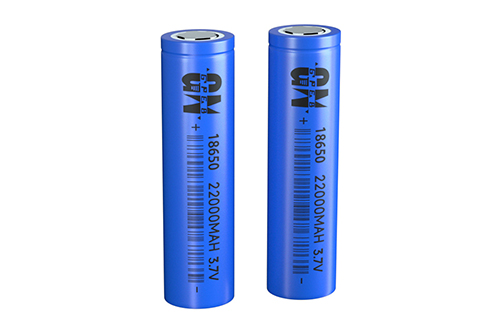
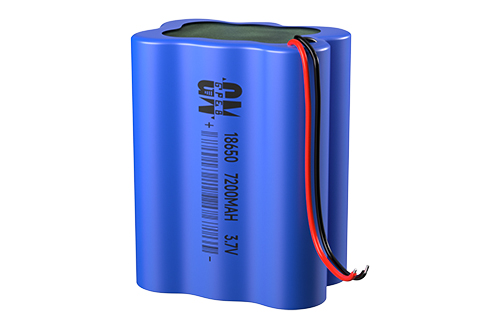

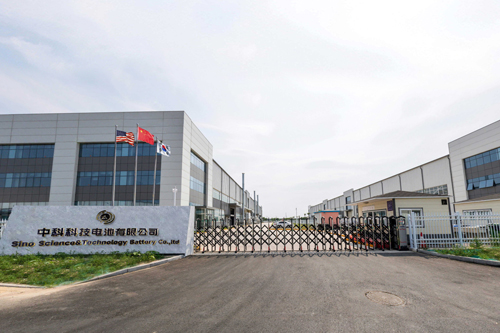

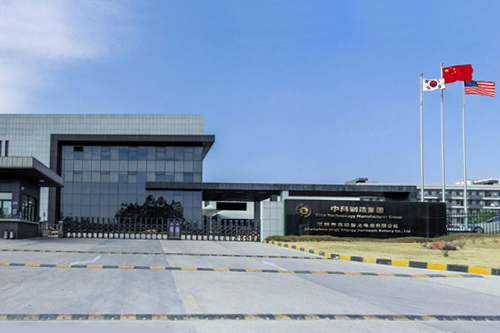

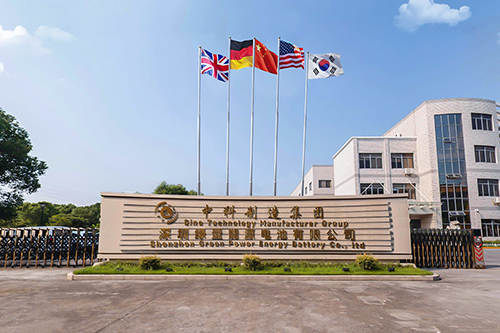

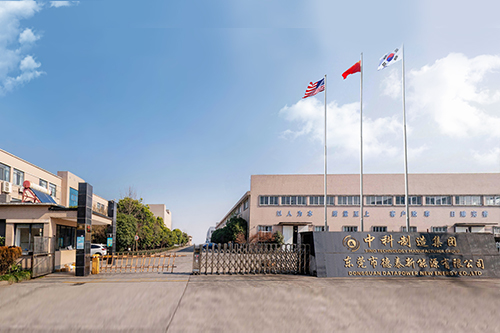

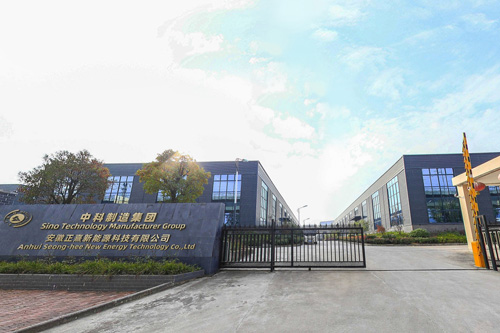

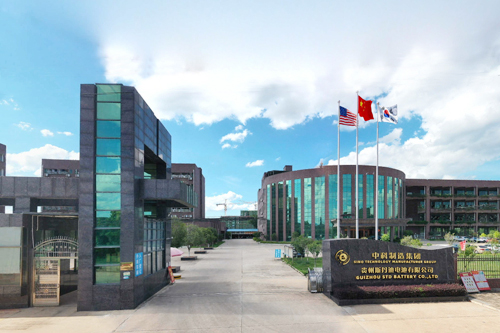



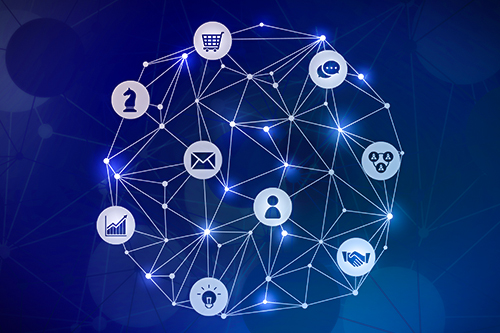


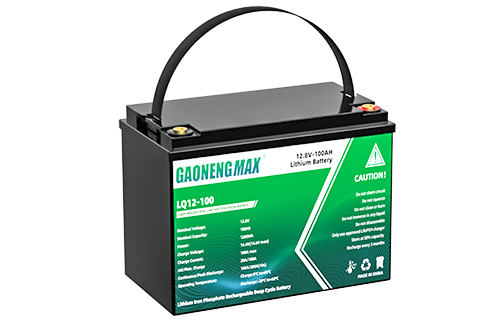
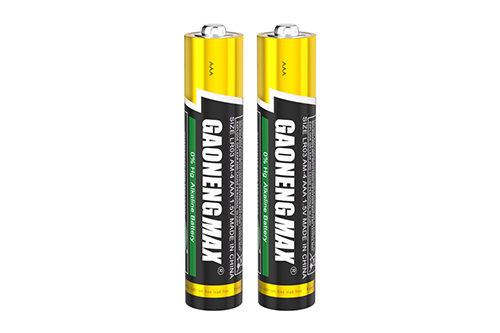

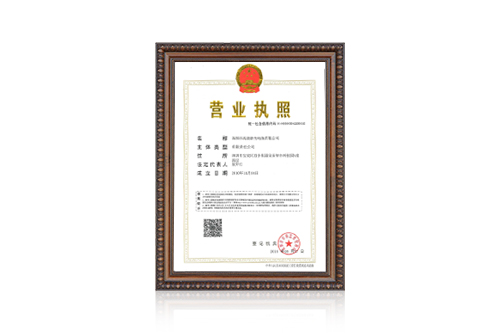
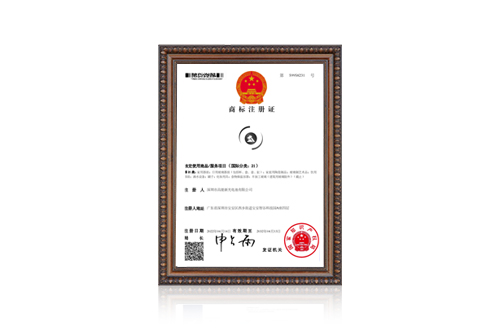
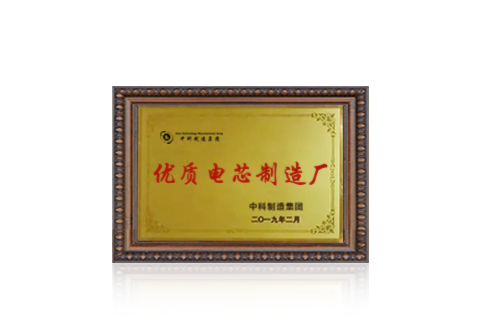
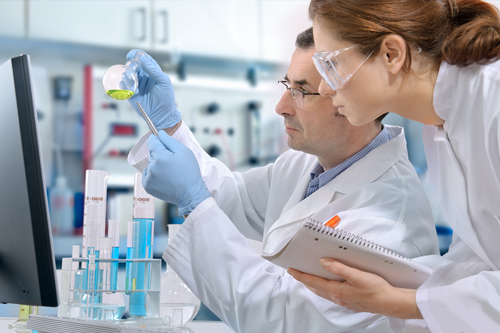
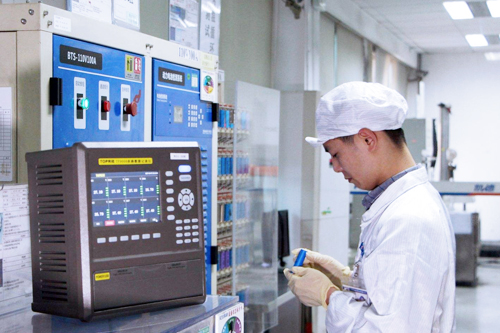
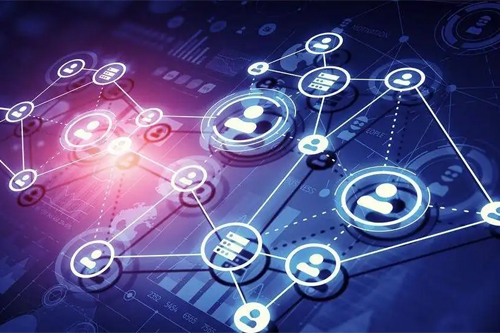














 360° FACTORY VR TOUR
360° FACTORY VR TOUR
 Whatsapp
Whatsapp
 Tel
Tel Email
Email TOP
TOP